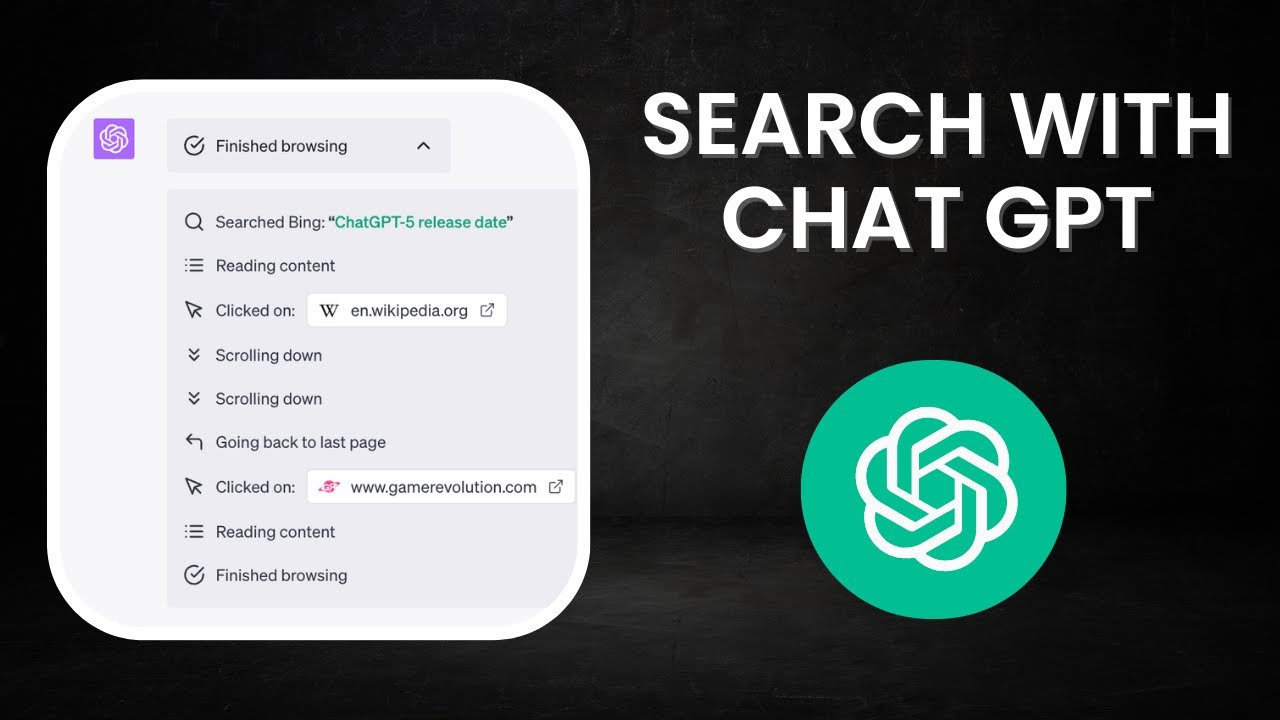If you're a small business owner, photographer, or creative using Zibster, you already know the power of having a beautiful, fast website. But in 2025, even the best design won’t get noticed if your content doesn’t show up in search engines—or in AI-generated results from tools like ChatGPT or Gemini.
To really win online, your content needs to do more than just look good. It needs to rank well in Google and be quotable by large language models (LLMs). That means writing in a way that’s clear, concise, and built for both humans and machines.
Here’s how to do it—based on a deep-dive guide from Semrush (which we highly recommend checking out if you want to go even deeper).
Why You Need Snippet-Friendly Content
Whether someone searches “What is branding photography?” on Google or asks an AI assistant “How do I pose for a headshot?”—you want your website to be the one that shows up.
To make that happen, your content must:
-
Answer questions directly and immediately
-
Be structured in short, scannable sections
-
Use clear headings, bullet points, and simple language
-
Demonstrate that you know what you're talking about
In other words: write to rank, and write to be quoted.
Why Snippet-Friendly Content Matters
Imagine someone Googling:
-
“How often should I get my HVAC serviced?”
-
“What’s the difference between LLC and sole proprietorship?”
-
“How do I plan a wedding budget?”
You want your website to show up with the answer. Not just on page one—but in the featured snippet or even in an AI-generated answer box.
To do that, your content must:
-
Answer the question immediately
-
Be written in short, self-contained paragraphs
-
Use question-based headings
-
Sound like an expert, not a sales pitch
✨ In short: Write to rank. Write to be quoted.
Tip 1: Start With the Answer
Avoid slow intros. Give people the answer up front.
❌ Not this:
“Many homeowners wonder about the right time to service their heating system. The answer depends on several factors…”
✅ Do this:
“HVAC systems should be serviced at least once a year—typically in the spring for AC and fall for heating.”
This is called the inverted pyramid structure. It delivers value right away, then explains more if needed.
Tip 2: Use Clear, Question-Based Headings
Search engines and AI tools prefer headings that match how people search. Instead of vague labels like “Services” or “About,” try:
-
“What services do we offer for small businesses?”
-
“How much does a bookkeeping package cost?”
-
“What’s included in our monthly lawn care plan?”
These match user intent and improve your chances of being shown in featured snippets or People Also Ask results.
Tip 3: Structure for Scanners and Search Bots
People rarely read full pages—they scan for answers. So do search engines.
Use:
-
Clear H2 and H3 headings
-
Bullet points or numbered lists
-
Short paragraphs (1–3 sentences)
-
Bold keywords or phrases for emphasis
💡 Example for a cleaning service:
How to Prepare for Your First Cleaning Appointment
-
Secure valuables and fragile items
-
Leave instructions for pets or alarm systems
-
Provide entry access if you won’t be home
-
Make note of any priority areas to focus on
This format works for users and for Google.
Tip 4: Skip the Keyword Stuffing—Use Topics Naturally
Stuffing keywords like “best Atlanta personal trainer” into every sentence doesn’t help—it hurts.
Instead, write naturally about what you offer, and mention related ideas to show you know your stuff.
💡 Example for a personal trainer:
“As a certified trainer in Atlanta, I help clients build strength and stamina through personalized workouts, nutrition coaching, and mobility training.”
This uses helpful terms like “certified trainer,” “personalized workouts,” and “nutrition coaching” that search engines can understand—all without overdoing it.
Tip 5: Make Every Paragraph Stand Alone
Think of each paragraph like a product. If someone sees only that paragraph in a snippet or chatbot, does it still make sense?
💡 Good:
“Quarterly tax payments help small business owners avoid IRS penalties and spread their tax burden throughout the year.”
❌ Bad:
“Now let’s talk about why this matters for your finances…”
Only the first one delivers a complete thought—and that's the one that gets quoted.
You’re Already Competing in AI Search
Even if you didn’t ask for it, AI tools are crawling your website, summarizing your answers, and choosing whether to show your content to potential customers.
If your writing is:
-
Clear
-
Structured
-
Trustworthy
-
Focused on real-world answers
…then you’re more likely to show up across platforms and stand out from competitors.
If it’s vague, salesy, or buried under fluff—it won’t make the cut.
Final Thought: You’re Already Competing in AI Search
Whether you realize it or not, your content is being evaluated by AI tools right now. If it’s written clearly, structured well, and built on real knowledge—you’re more likely to get featured, linked, or quoted.
But if your content is vague, fluffy, or buried in jargon—it won’t make the cut.
So here’s your new mantra:
✨ Write to rank. Write to be quoted. ✨
Want Help? We’ve Got You.
Zibster makes it easy to build fast, mobile-friendly websites. But we also help with SEO, blogging, and content coaching to make sure your site gets seen.
Need help writing snippet-friendly content? Reach out to our team—or just start applying these tips to your next blog or service page.
For more, read Search Engine Land’s article by Andrea Pretorian, and Isla McKetta which goes further in depth on this subject: https://searchengineland.com/guide/how-to-write-for-seo
Let’s make your words work harder—for Google and for the future of search.






Leave a comment
0 Comments